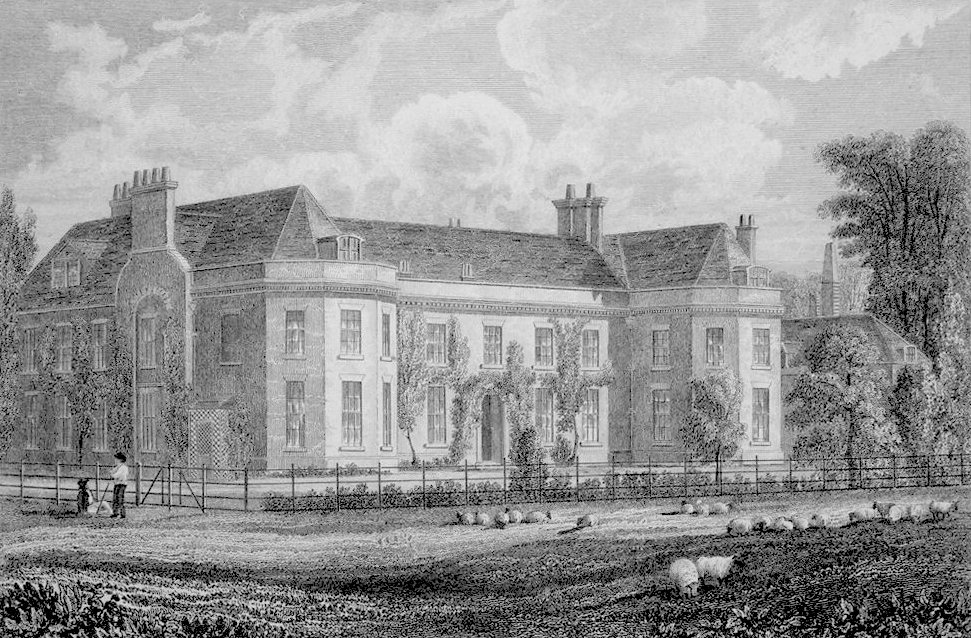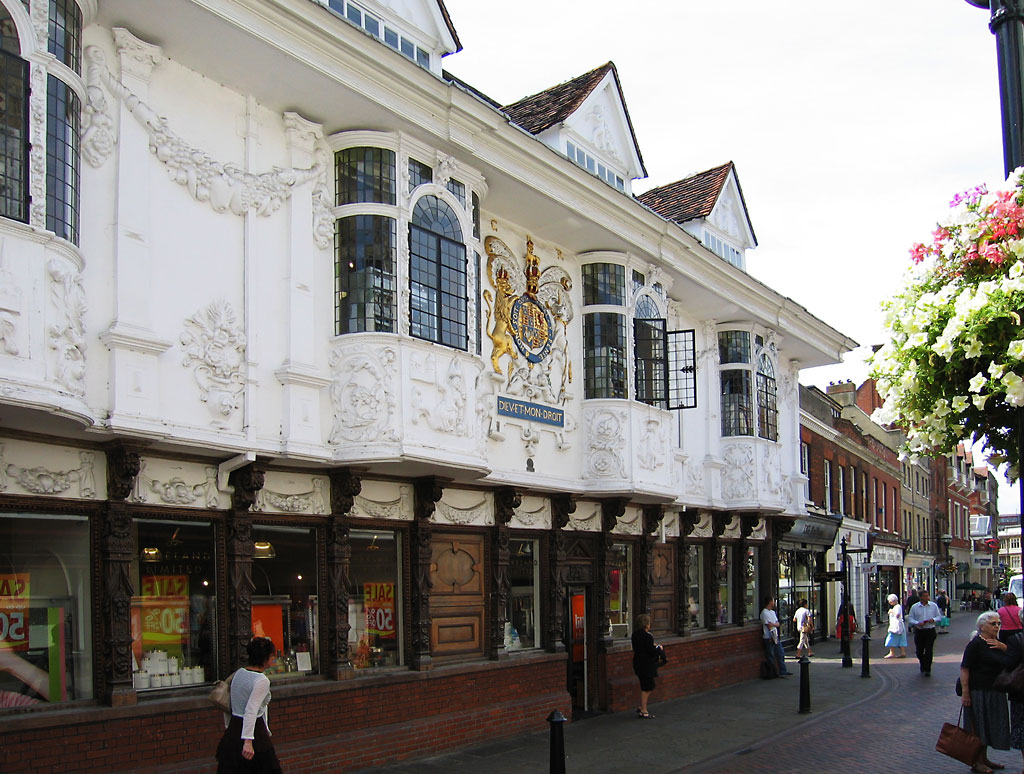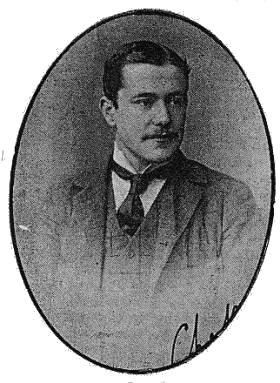|
Suffolk Committees For Scandalous Ministers
The Suffolk Committees for Scandalous Ministers were two committees commissioned by the Earl of Manchester between 24 February and 15 March 1644 in accordance with an ordinance published on 22 January 1644. Manchester had been pressing for authorisation to remove 'scandalous ministers' for some time. This term referred to "any minister who was non-resident, incompetent or idle, scandalous either in life or in doctrine, or in any way ill-affected to Parliament". Committeemen First Commission Transcribed by Francis Hill. Second Commission Transcribed by Francis Hill. References Puritanism History of Suffolk {{Congregationalism-stub ... [...More Info...] [...Related Items...] OR: [Wikipedia] [Google] [Baidu] |
Edward Montagu, 2nd Earl Of Manchester
Edward Montagu, 2nd Earl of Manchester, KG, KB, FRS (16025 May 1671) was an important commander of Parliamentary forces in the First English Civil War, and for a time Oliver Cromwell's superior. Early life He was the eldest son of Henry Montagu, 1st Earl of Manchester by his first wife, Catherine Spencer, daughter of Sir William Spencer of Yarnton, Oxfordshire, England, was born in 1602, and was educated at Sidney Sussex College, Cambridge (1618–1622). Career Montagu accompanied Prince Charles during his 1623 trip to Habsburg Spain in pursuit of the Spanish Match. He was Member of Parliament for Huntingdonshire in the "Happy Parliament" of 1623–24, the "Useless Parliament" of 1625, and the Parliament of 1625–26. At the time of Charles I's coronation in February 1626, he was made a Knight of the Bath to reward him for his service to Charles in Spain. In May, with help from George Villiers, 1st Duke of Buckingham, Montagu was elevated to the House of Lords, receiv ... [...More Info...] [...Related Items...] OR: [Wikipedia] [Google] [Baidu] |
Gipping
Gipping is a village and civil parishes in England, civil parish in the Mid Suffolk district of Suffolk in eastern England. Located around three miles north north-east of Stowmarket, in 2005 its population was 80. At the 2011 Census the population remained less than 100 and was included in the civil parish of Old Newton with Dagworth. The parish contains Great Gipping Wood, an ancient woodland and Site of Special Scientific Interest, SSSI, whilst the River Gipping runs through it. It shares a parish council with neighbouring Old Newton with Dagworth. Gipping Hall For many years the village was linked with the family descended from Walter Tirel, the cousin of William Rufus. Sir James Tyrrell who allegedly confessed to murdering the Princes in the Tower under Richard III and was executed by order of Henry VII in 1502 for treason. He built a chapel in the village in the 1470s, which is still there. References External links Old Newton with Dagworth and Gipping Parish Council< ... [...More Info...] [...Related Items...] OR: [Wikipedia] [Google] [Baidu] |
Friston
Friston is a village and civil parish in the East Suffolk (district), East Suffolk district, in the county of Suffolk, England. It is southeast of Saxmundham, its post town, and northwest of Aldeburgh. The River Alde bounds the village on the south. The surrounding land is chiefly Arable land, arable. The soil becomes partly marshy in the lower grounds. The village is noted for its early nineteenth century Friston Windmill, post mill. It is located next to the village of Knodishall. In 2011 the parish had a population of 344. Its name is recorded in the Domesday Book as ''Frisetuna'' and seems to come from Old English language, Anglo-Saxon ''Frīsa tūn'' = "the farmstead of the Frisians, Frisians"; some of them may have come with the Angles (tribe), Angles and Saxons. An alternative name for the parish is Freston. In 1887, John Bartholomew described Friston as:Friston, par. and vil., E. Suffolk, 3 miles SE. of Saxmundham, 1846 ac., pop. 385; P.O.; in NW. vicinity of vil. ... [...More Info...] [...Related Items...] OR: [Wikipedia] [Google] [Baidu] |
Nathaniel Bacon Of Friston
Nathaniel Bacon of Friston (15 May, 1593 Friston-7 August 1644, Friston) was a committeeman active with the Second Commission of the Suffolk Committees for Scandalous Ministers. Nathaniel was the father of Thomas Bacon, MP. Suffolk Committees for Scandalous Ministers This Nathaniel Bacon served alongside another Nathaniel Bacon Recorder of Ipswich on the Second Commission on some occasions attending the same sessions. However, Clive Holmes notes that as the other Nathaniel Bacon was permanent chairman of the standing Committee of the Eastern Association, which met on a daily basis during 1644, he was unable to carry out his role as Recorder of Ipswich. Holmes argues that this supports his contention that Nathaniel Bacon of Friston is the committeeman who attend 12 of 13 sessions of the second commission which met in Ipswich of Yoxford Yoxford is a village in East Suffolk (district), East Suffolk, England, close to the Heritage Coast, Minsmere Reserve (RSPB), Aldeburgh and ... [...More Info...] [...Related Items...] OR: [Wikipedia] [Google] [Baidu] |
Nathaniel Bacon (English Politician)
Nathaniel Bacon (12 December 1593 – 1660) was an English Puritan lawyer, writer and politician who sat in the House of Commons at various times between 1645 and 1660. He was Judge of the High Court of Admiralty 1653 to 1654. Life Bacon was the son of Sir Edward Bacon of Shrubland Hall, Barham, son of Queen Elizabeth's Lord Keeper of the Great Seal, Sir Nicholas Bacon, by his first wife, Jane Ferneley (d.1552). He was educated at Christ's College, Cambridge. In 1617 he was called to the bar. Bacon was a Parliamentarian, active in support of the New Model Army from 1644, Bacon became Member of Parliament for Cambridge University in 1645, as a recruiter to the Long Parliament until he was excluded after Pride's Purge. Bacon was elected MP for Ipswich for the First Protectorate Parliament in 1654, along with his brother Francis Bacon and the two represented Ipswich together until his death. He also served as an Admiralty Judge and Master of Requests (1657). Works ''The ... [...More Info...] [...Related Items...] OR: [Wikipedia] [Google] [Baidu] |
Ipswich
Ipswich () is a port town and Borough status in the United Kingdom, borough in Suffolk, England. It is the county town, and largest in Suffolk, followed by Lowestoft and Bury St Edmunds, and the third-largest population centre in East Anglia, after Peterborough and Norwich. It is northeast of London and in 2011 had a population of 144,957. The Ipswich built-up area is the fourth-largest in the East of England and the 42nd-largest in England and Wales. It includes the towns and villages of Kesgrave, Woodbridge, Suffolk, Woodbridge, Bramford and Martlesham Heath. Ipswich was first recorded during the medieval period as ''Gippeswic'', the town has also been recorded as ''Gyppewicus'' and ''Yppswyche''. It has been continuously inhabited since the Anglo-Saxon settlement of Britain, Saxon period, and is believed to be one of the Oldest town in Britain, oldest towns in the United Kingdom.Hills, Catherine"England's Oldest Town" Retrieved 2 August 2015. The settlement was of great eco ... [...More Info...] [...Related Items...] OR: [Wikipedia] [Google] [Baidu] |
Francis Bacon (Ipswich MP)
Francis Bacon (30 September 1600 – c. September 1663) was an English politician who sat in the House of Commons at various times between 1645 and 1660. He supported the Parliamentary cause in the English Civil War. Life Bacon was the son of Sir Edward Bacon of Shrubland Hall, Barham, Suffolk, son of Queen Elizabeth's Keeper of the Great Seal Sir Nicholas Bacon by his first wife, Jane Ferneley (d. 1552). He was educated at Queens' College, Cambridge. His brother was Nathaniel Bacon. In 1645 Bacon was elected Member of Parliament (MP) for Ipswich in the Long Parliament. In 1654 he was re-elected MP for Ipswich in the First Protectorate Parliament and was returned in 1656 and 1659 for the Second and Third Protectorate Parliaments. In April 1660, Bacon was elected for the Convention Parliament which proclaimed the Restoration of Charles II in which he served with his brother Nathaniel and later with Sir Frederick Cornwallis Bt. He had married Katherine, daughter of ... [...More Info...] [...Related Items...] OR: [Wikipedia] [Google] [Baidu] |
Somerleyton
Somerleyton ( ) is a village and former civil parish, now in the parish of Somerleyton, Ashby and Herringfleet, in the East Suffolk (district), East Suffolk district, in the north of the English county of Suffolk. It is north-west of Lowestoft and south-west of Great Yarmouth. The village is closely associated with Somerleyton Hall and was largely rebuilt as a model village in the 19th century at the direction of Samuel Morton Peto. The parish was combined with Herringfleet and Ashby, Suffolk, Ashby to create the parish of "Somerleyton, Ashby and Herringfleet" on 1 April 1987. The village is on the edge of The Broads national park with the River Waveney forming the western boundary of the former parish. This forms the county border with Norfolk and the Suffolk village of Blundeston is to the east. The village has a population of around 300. History At the time of the Domesday Book, the manor of Somerleyton was held by the William the Conqueror, king. It was named ''Sumerledetu ... [...More Info...] [...Related Items...] OR: [Wikipedia] [Google] [Baidu] |
John Wentworth (died 1651)
John Wentworth (1578 - 1651) of Somerleyton was an English politician. He was High Sheriff of Suffolk in 1619 and the Member of Parliament for Great Yarmouth Great Yarmouth ( ), often called Yarmouth, is a seaside resort, seaside town which gives its name to the wider Borough of Great Yarmouth in Norfolk, England; it straddles the River Yare and is located east of Norwich. Its fishing industry, m ... in 1628. John was the only son of John Wentworth of Darsham, Suffolk and his Elizabeth, daughter of John Southwell of Barrow Hall, Suffolk. References {{s-end 1578 births 17th-century English politicians 1651 deaths ... [...More Info...] [...Related Items...] OR: [Wikipedia] [Google] [Baidu] |
Bury St Edmunds (UK Parliament Constituency)
Bury St Edmunds was a constituency in Suffolk from 1621 to 2024, most recently represented in the House of Commons of the UK Parliament from 2015 to 2024 by Jo Churchill, a Conservative. Under the 2023 Periodic Review of Westminster constituencies, the seat was subject to moderate boundary changes and was abolished for the 2024 general election, with the bulk of the electorate being included in the new constituency of Bury St Edmunds and Stowmarket. Constituency profile The constituency covered Bury St Edmunds, Stowmarket and smaller settlements on the A14 corridor. Residents' wealth was around average for the UK. History The constituency was created as a Parliamentary Borough in 1614, returning two MPs to the House of Commons of England until 1707, then to the House of Commons of Great Britain until 1800, and from 1800 to the House of Commons of the United Kingdom. By the mid eighteenth century the seat was seen as heavily influenced by the Earl of Bristol and the Duke ... [...More Info...] [...Related Items...] OR: [Wikipedia] [Google] [Baidu] |
Bury St Edmunds
Bury St Edmunds (), commonly referred to locally as ''Bury,'' is a cathedral as well as market town and civil parish in the West Suffolk District, West Suffolk district, in the county of Suffolk, England.OS Explorer map 211: Bury St. Edmunds and Stowmarket Scale: . Publisher:Ordnance Survey – Southampton A2 edition. Publishing Date:2008. The town is best known for Bury St Edmunds Abbey and St Edmundsbury Cathedral. Bury is the seat of the Diocese of St Edmundsbury and Ipswich of the Church of England, with the episcopal see at St Edmundsbury Cathedral. The town, originally called Beodericsworth, was built on a grid pattern by Abbot Baldwin around 1080. It is known for brewing and malting (Greene King brewery) and for a British Sugar processing factory, where Silver Spoon sugar is produced. The town is the cultural and retail centre for West Suffolk and tourism is a major part of the economy. The built up area had a population of 41,280 at the 2021 United Kingdom census, 2021 c ... [...More Info...] [...Related Items...] OR: [Wikipedia] [Google] [Baidu] |
Samuel Moody
Samuel Moody was a seventeenth century English politician. He was christened at Moulton, Suffolk on 31 March 1592. He was an Alderman in Bury St Edmunds by 1644. He was appointed to the First Suffolk Committee for Scandalous Ministers that year. He was later one of the two MPs for Bury St Edmunds in 1654 and 1656. Samuel was born in Moulton, Suffolk, the son of George Moody and his wife Margaret Chenery. Moody was one of the commissioners who sat on the Suffolk Committees for Scandalous Ministers The Suffolk Committees for Scandalous Ministers were two committees commissioned by the Earl of Manchester between 24 February and 15 March 1644 in accordance with an ordinance published on 22 January 1644. Manchester had been pressing for authori .... References Moody {{1656-England-MP-stub ... [...More Info...] [...Related Items...] OR: [Wikipedia] [Google] [Baidu] |






